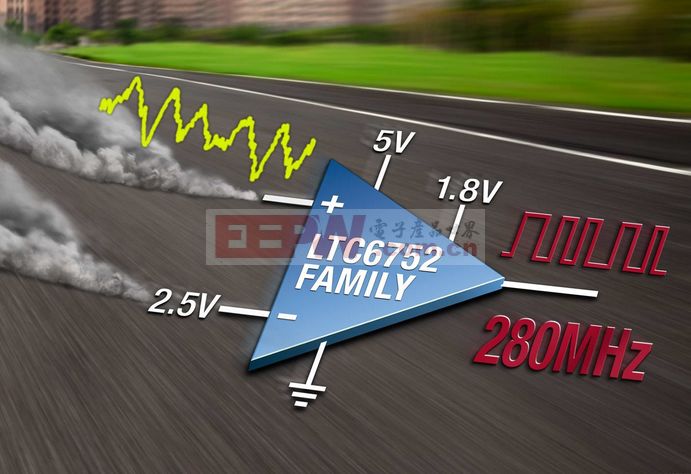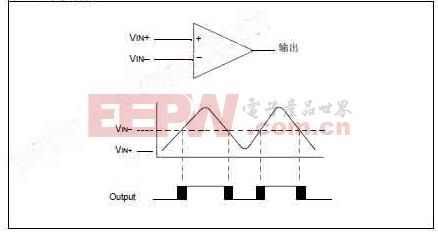Guide: A comparator, as the name implies, is a device that can compare two or more data points. This article focuses on explaining the working principle of the comparator. Let’s dive into how the comparator functions with Xiaobian.
1. Comparator Working Principle – Introduction
A comparator is a circuit or device designed to compare two or more data values to determine if they are equal or to establish their relative size and order. In most cases, it compares an analog voltage signal against a reference voltage. The two inputs are typically analog signals, while the output is a binary signal (high or low). The comparator remains in its current state until the input voltage crosses a predefined threshold. Some comparators have a single threshold, while others have two thresholds for more complex applications.

2. Comparator Working Principle – Classification
Comparators come in various types, all sharing the basic function of comparing analog inputs and producing a digital output. Here are some common classifications:
1) Voltage Comparator: This type modifies a zero-crossing comparator by replacing the ground reference with a fixed voltage. It is often used in applications where a specific voltage level needs to be detected.
2) Window Comparator: This design uses two amplitude comparators along with diodes and resistors. It detects when a signal falls within a certain range—above a high threshold (VH) and below a low threshold (VL).
3) Hysteresis Comparator: This type includes a feedback resistor from the output to the non-inverting input, which creates a hysteresis effect. It helps prevent false triggering due to noise by setting different upper and lower thresholds.

3. How the Comparator Works
As shown in the diagram, a comparator compares an analog input voltage (VIN+) against another input (VIN–) and produces a digital output. When VIN+ is lower than VIN–, the output is low. When VIN+ is higher, the output becomes high. The shaded area in the output graph represents the uncertainty zone caused by input offset and response time.

Depending on the configuration, a comparator can use either an internal or external reference voltage. The comparison between the two inputs determines the output state. For example, if VIN– is compared to VIN+, the result will trigger a change in the digital output.

We’ve covered the basics of how a comparator works. To help you explore further, here are some recommended articles compiled by Xiaobian:
- How the comparator works
- The working principle and application examples of voltage comparator
- Voltage comparator principle
- Analog signal processing
If you're interested in learning more about this topic, feel free to check them out. They’re packed with useful information and insights! 🚀
Solar Mounting System,Solar Water Panel Stand,solar panel metal ground mount,ground mounted solar
Hebei Jinbiao Construction Materials Tech Corp., Ltd. , https://www.pvcarportsystem.com